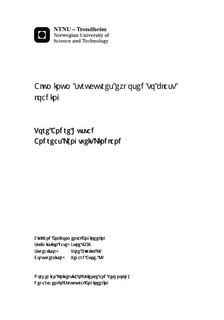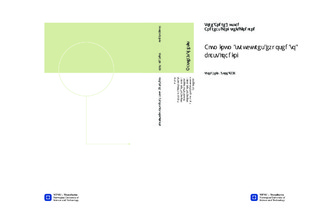| dc.contributor.advisor | Børvik, Tore | nb_NO |
| dc.contributor.advisor | Aune, Vegard | nb_NO |
| dc.contributor.author | Hustad, Tore Andre | nb_NO |
| dc.contributor.author | Lindland, Andreas Lyngtveit | nb_NO |
| dc.date.accessioned | 2014-12-19T12:03:52Z | |
| dc.date.available | 2014-12-19T12:03:52Z | |
| dc.date.created | 2014-09-16 | nb_NO |
| dc.date.issued | 2014 | nb_NO |
| dc.identifier | 747487 | nb_NO |
| dc.identifier | ntnudaim:11273 | nb_NO |
| dc.identifier.uri | http://hdl.handle.net/11250/237499 | |
| dc.description.abstract | Design of blast resistance in structures is an important aspect in modern society. Plated structures are used in a lot of constructions that can be especially vulnerable to explosions. This includes e.g. protective, offshore or automotive structures. The main objective in this study was to investigate the response of thin plates made of the aluminum alloy 1050A-H14, as well as to evaluate the available computational methods.Material tensile tests were performed in order to determine a material model. The material model was created through inverse modeling by the help of the computer code EUROPLEXUS. Airblast experiments were performed by using composition C4 in experiments performed at Ostøya in Horten. The experiments were performed in collaboration with the Norwegian Defence Estates Agency (NDEA). Experiments were performed on stiff calibration plates in order to measure the pressure from the explosions, as well as on aluminum plates in order to determine the structural response.Analytical and numerical computations were performed in order to evaluate them compared to the experimental results. Numerical simulations were performed with both a Lagrangian and an embedded FSI approach.The analytical approach underestimated the displacements. However, the results indicated that the analytical calculations could have given better results at lower deformations.The Lagrangian approach overestimated the displacements. Additional simulations indicate that this could be due to overestimation of the load by the AIRB approach in EUROPLEXUS.The embedded FSI approach underestimated the displacements. The simulations performed indicate that the description of the load is fairly accurate, but that the displacements were underestimated due to the use of elements that were too large. | nb_NO |
| dc.language | eng | nb_NO |
| dc.publisher | Institutt for konstruksjonsteknikk | nb_NO |
| dc.title | Aluminum structures exposed to blast loading | nb_NO |
| dc.type | Master thesis | nb_NO |
| dc.source.pagenumber | 297 | nb_NO |
| dc.contributor.department | Norges teknisk-naturvitenskapelige universitet, Fakultet for ingeniørvitenskap og teknologi, Institutt for konstruksjonsteknikk | nb_NO |

